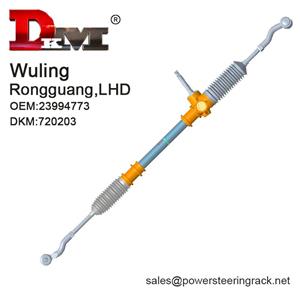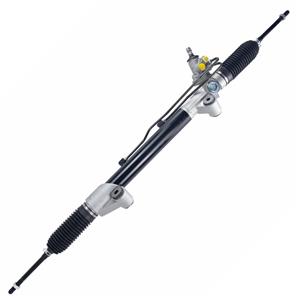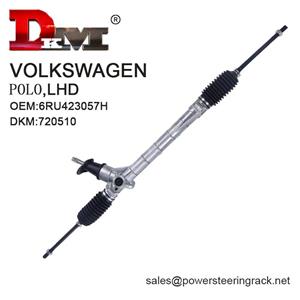What are the signs of a damaged electric power steering rack?
Electric power steering (EPS) is a steering assistance technology widely used in modern cars. Compared with traditional hydraulic power steering systems, EPS systems are more efficient, energy-saving, and less dependent on mechanical parts and fluids. However, the core component of this technology, the electric power steering rack, may also be damaged due to long-term use or other reasons.
Knowing the signs of a damaged electric power steering rack can help car owners take timely repair measures before the problem becomes serious, thereby avoiding potential safety hazards. This article will comprehensively analyze the common manifestations of damaged electric power steering racks, possible causes, and how to deal with these signs.
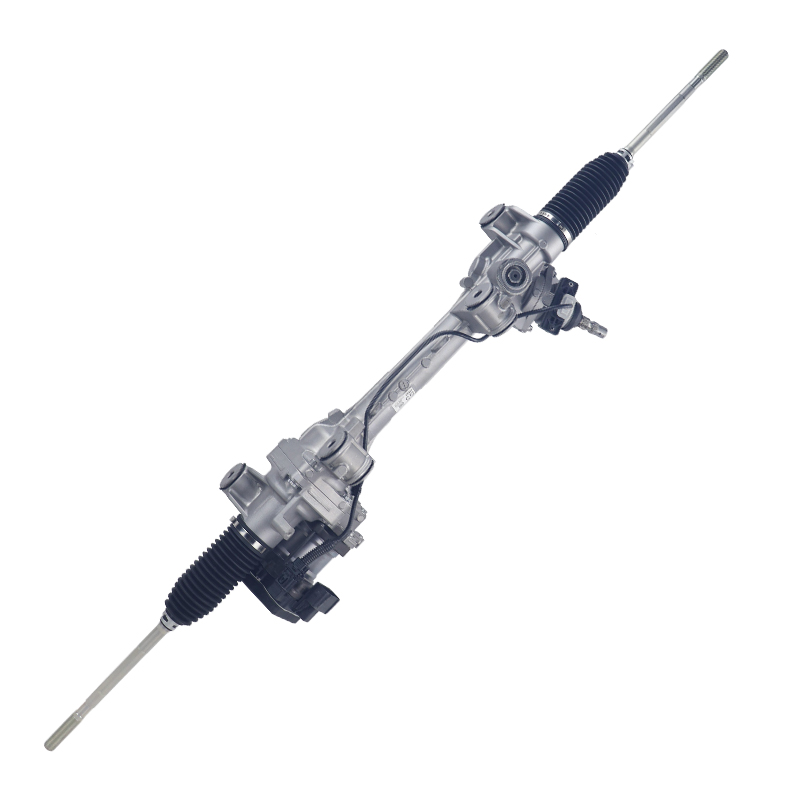
What does an electric power steering rack do?
The electric power steering rack is a key component of the EPS system. Its main function is to provide steering assistance through an electric motor, reducing the amount of force required by the driver when operating the steering wheel. It converts the rotation of the steering wheel into the steering movement of the wheels, while providing additional assistance to ensure the lightness and precision of the steering operation.
The electric power steering rack usually contains the following key components:
● Rack and pinion: a mechanical device responsible for transmitting the rotation of the steering wheel to the wheels
● Motor: Provides power to the steering rack.
● Electronic Control Unit (ECU): Responsible for controlling and coordinating the operation of the motor.
● Sensor: Used to detect parameters such as steering wheel angle and vehicle speed to adjust the power.
When there is a problem with the rack or related components, steering operations may become difficult or abnormal, affecting driving safety.
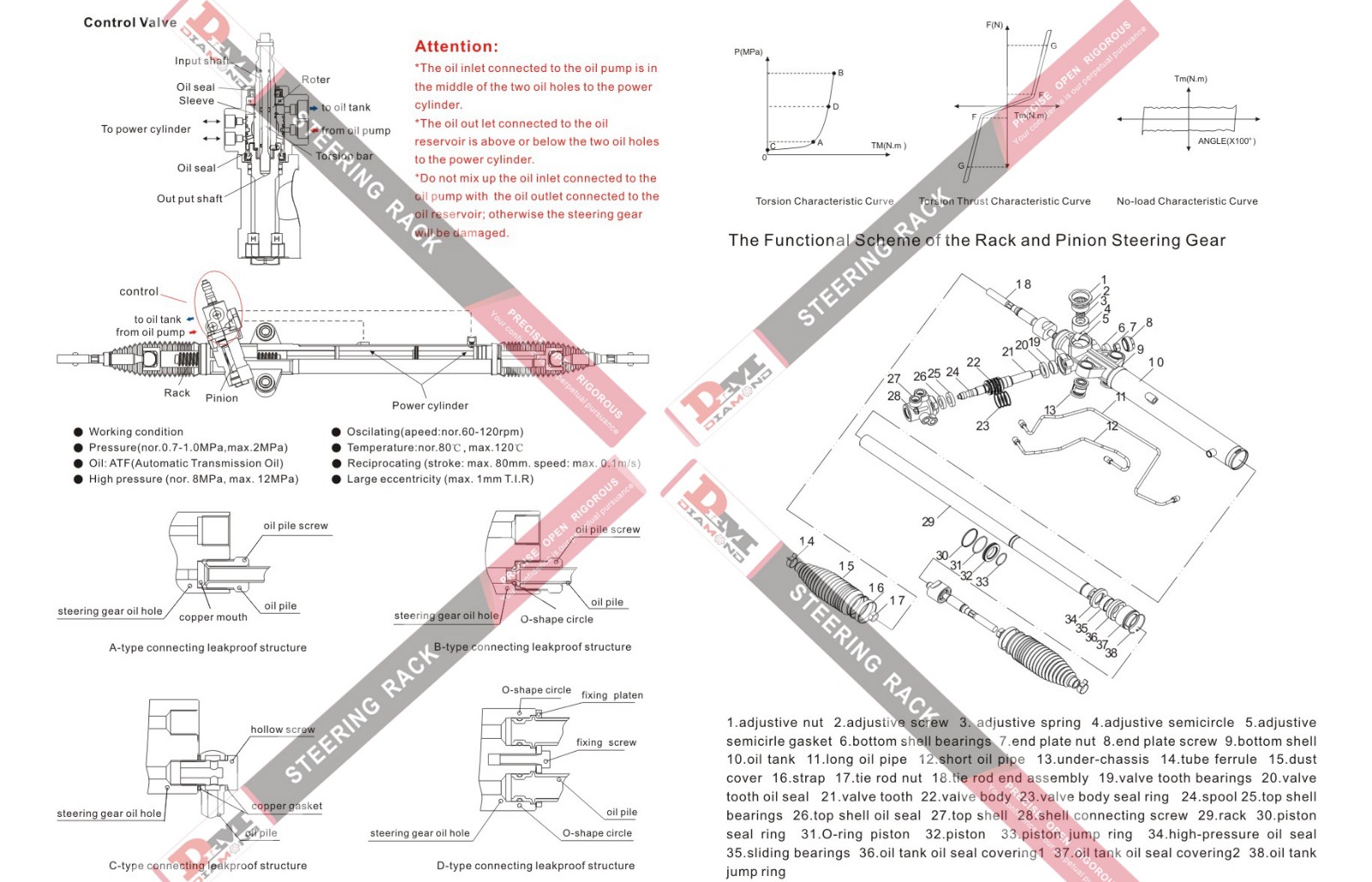
What are the common signs of a damaged electric power steering rack?
When the electric power steering rack is damaged, the vehicle usually exhibits a series of obvious symptoms. Here are the most common signs:
1. Steering becomes difficult
If the electric power steering rack is damaged, one of the most obvious manifestations is that the steering wheel becomes difficult to turn. This is because the motor cannot provide normal power assistance, and the driver needs to rely on more force to complete the steering operation. This phenomenon is especially obvious when driving at low speed or parking.
2. Abnormal vibration of the steering wheel
When the steering rack is damaged, the steering wheel may vibrate abnormally during driving. This vibration is usually caused by mechanical wear inside the rack or irregular operation of the motor. The amplitude of the vibration may increase as the vehicle speed increases, and there will be a noticeable vibration even when driving in a straight line.
3. Steering noise
A damaged rack may make unusual noises, especially when turning the steering wheel. Common noises include clicking, buzzing, or squeaking, which are usually caused by: wear between the rack and pinion; internal motor failure; loose connection parts. Abnormal noise is usually an important sign of early damage and should be checked in time.
4. Steering inaccuracy
After the electric power steering rack is damaged, the steering wheel may have inaccurate steering. The driver may feel that the steering wheel has a certain amount of "looseness" or "free travel", that is, the steering wheel needs to be turned a certain distance before the vehicle starts to respond. In addition, the vehicle may lean to one side when driving in a straight line, which is usually caused by mechanical wear or asymmetric power assistance in the rack.
5. Steering wheel jamming
If the electric power steering rack is severely damaged, the steering wheel may jam at certain angles. This phenomenon usually occurs when there is foreign matter inside the steering rack or pinion, severe wear, or poor motor operation. Jamming can significantly affect driving safety, especially in emergency situations where quick steering is required.
6. Warning light comes on
Modern vehicles are often equipped with a fault diagnosis system. If the sensors in the electric power steering system detect an abnormality, the "steering system warning light" on the dashboard may come on. This warning light is usually yellow or red, alerting the driver that there may be a problem with the system and that it needs to be checked as soon as possible.
7. Intermittent loss of steering power
In the early stages of the rack or motor starting to fail, the vehicle's steering power may show an intermittent loss of power. For example, the steering wheel turns normally during certain periods of time, but becomes unusually laborious at other times. This phenomenon is usually related to electrical system instability or sensor failure.

What are the possible causes of damage to the electric power steering rack?
Understanding the cause of damage can help prevent problems from occurring. The following are common causes of damage to the electric power steering rack:
1. Wear and tear caused by long-term use
The electric power steering rack is a high-intensity working component, and the rack and pinion inside it will wear and tear during long-term use. Even with normal driving operations, the metal parts inside the rack will gradually degrade, eventually affecting the performance of the system.
2. Lack of regular maintenance
Although the electric power steering system does not require hydraulic fluid, its electronic components and mechanical connections still need to be checked regularly. If maintenance is neglected for a long time, certain problems may gradually accumulate and eventually cause damage to the rack.
3. Unexpected impact or accident
When the vehicle encounters a collision or unexpected impact, the steering rack may be physically damaged. For example, after a strong impact on the wheel, it may be transmitted to the rack through the steering system, causing it to deform or damage.
4. Electrical failure
As an electronic system, the electric power steering rack is highly dependent on the electrical system. If the motor, power supply or control unit fails, it may affect the normal operation of the rack.
5. Excessive load
Frequent heavy-load driving (such as pulling heavy objects, excessive use of the steering wheel lock) will increase the burden on the rack, thereby accelerating its wear or damage.
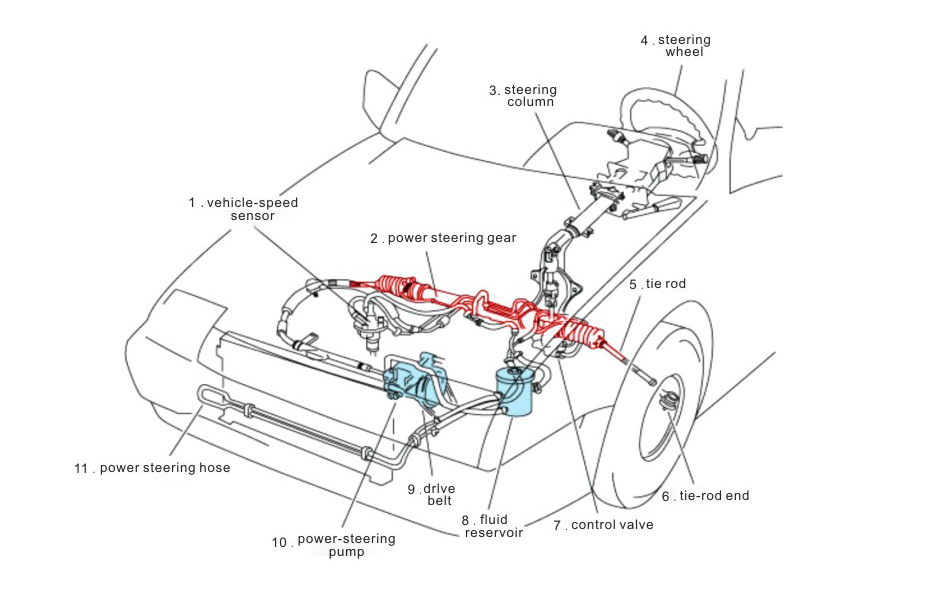
How to deal with signs of damage to the electric power steering rack?
If you find that there may be a problem with the electric power steering rack, it is important to take timely action. Here are some suggestions:
1. Check and repair as soon as possible
Once you find signs of abnormality in the steering system, you should send the vehicle to a professional repair point for inspection as soon as possible. Professional technicians can read the fault code through the vehicle's diagnostic system to determine the specific cause of the problem.
2. Avoid driving
In the case of severe damage to the electric power steering rack, continuing to drive may lead to more serious consequences, including complete steering failure or damage to other related components. Therefore, you should try to avoid driving for a long time after discovering the problem.
3. Replace or repair the rack
For severely damaged racks, it is usually necessary to replace the entire set of parts. Minor wear or failure may be restored to normal function through repair. The repairer will recommend the most appropriate solution based on the specific situation.
Customize Your Steering Gear Order with DKM
Guangdong Diamond Auto Parts Co., Ltd. (DKM) has been producing high-quality power steering gears since 1996. We specialize in manufacturing steering systems for global vehicle brands such as Toyota, Honda, and Mitsubishi, with a focus on offering customized solutions. Whether you need steering gears for specific car models or large-scale purchases, we ensure top-notch quality and affordable prices.

